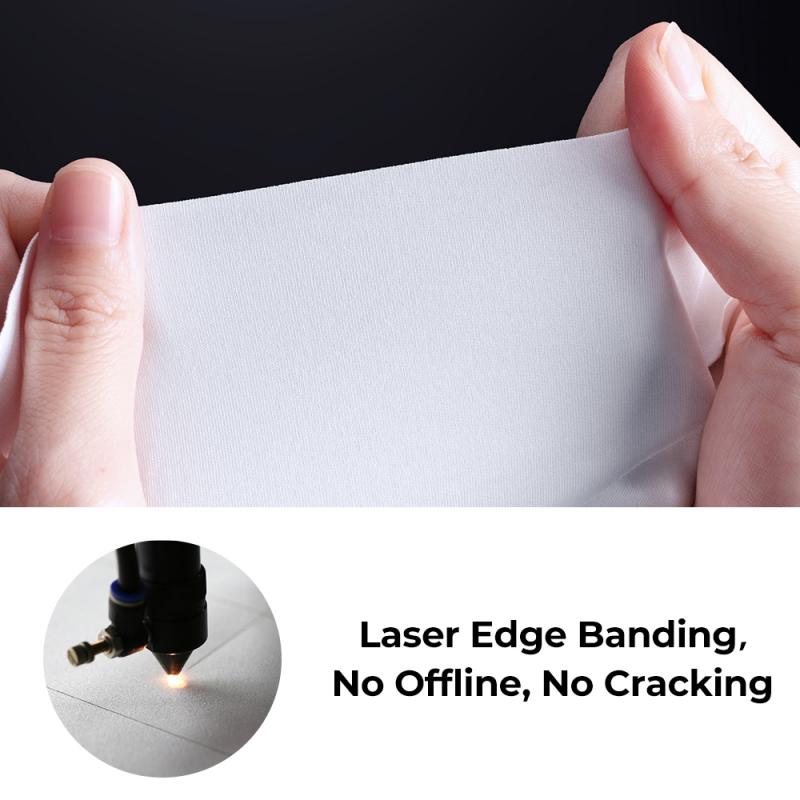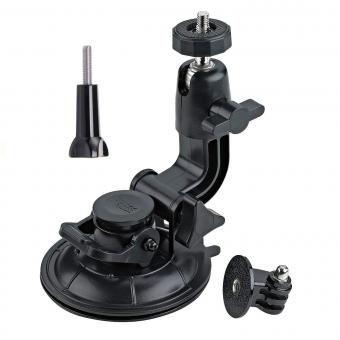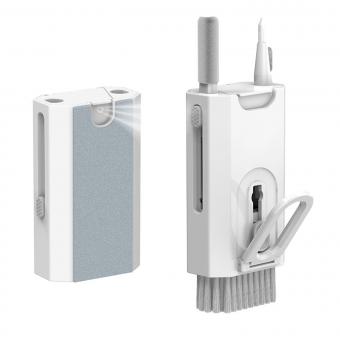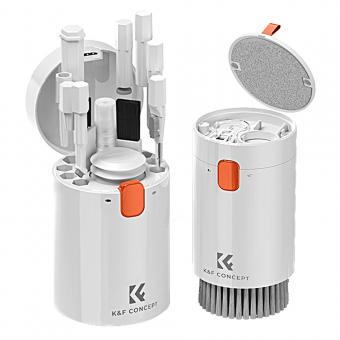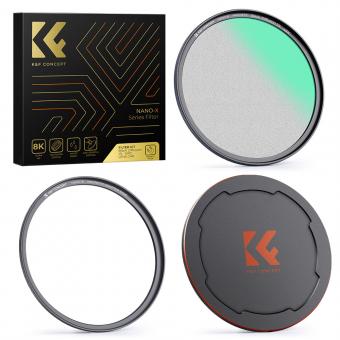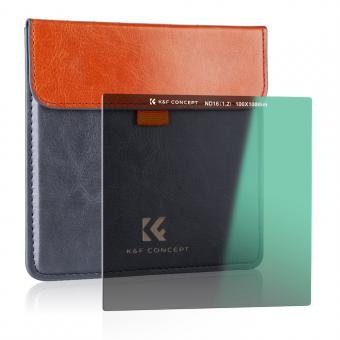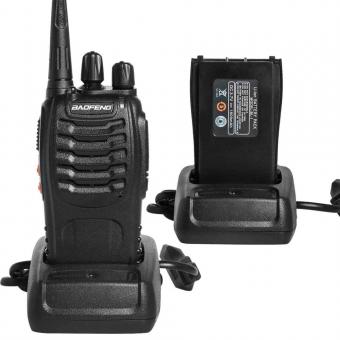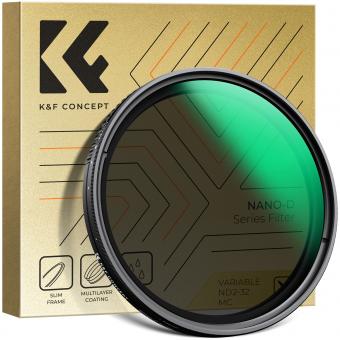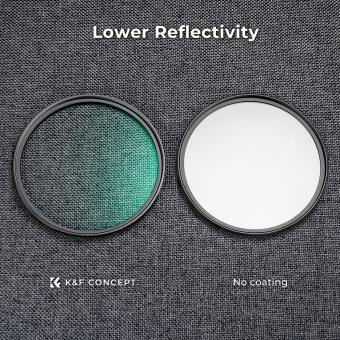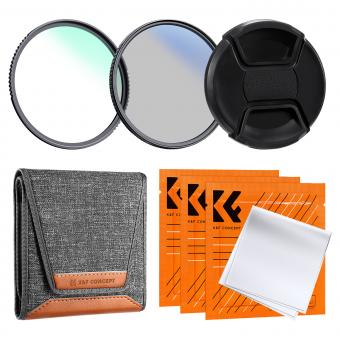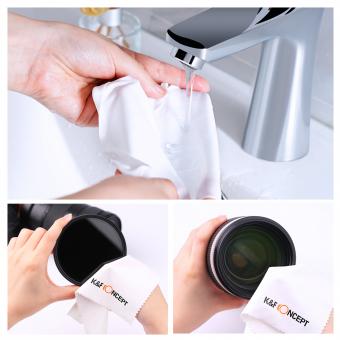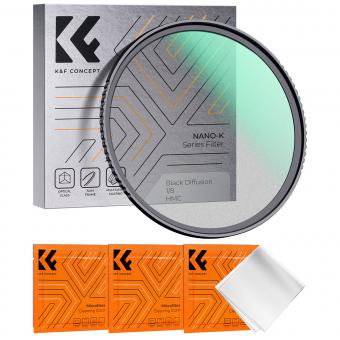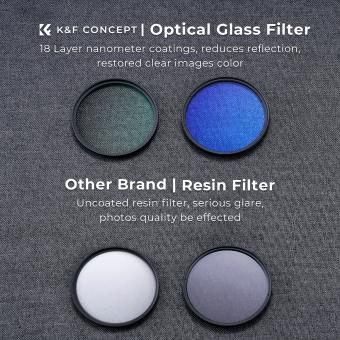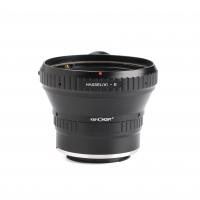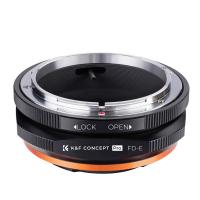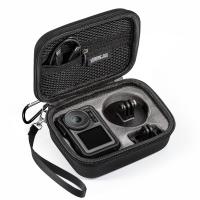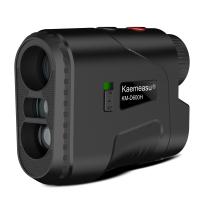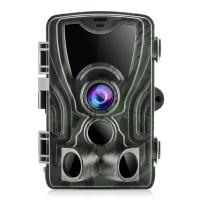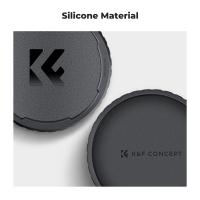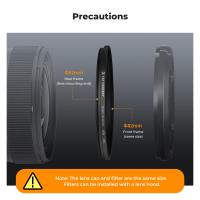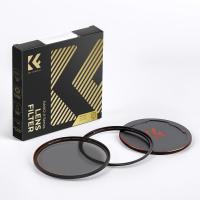How To Clean A Lense ?
To clean a lens, start by using a blower brush or air blower to remove any loose dust or debris. Then, use a microfiber cloth or lens cleaning tissue to gently wipe the lens in a circular motion, starting from the center and moving towards the edges. Avoid using excessive pressure or rubbing too hard to prevent scratching the lens. If there are stubborn smudges or fingerprints, dampen the cloth or tissue with lens cleaning solution or isopropyl alcohol and gently wipe the lens again. Be careful not to let any liquid seep into the lens or camera body. Finally, use a dry part of the cloth or a clean tissue to remove any remaining moisture or streaks.
1、 Dusting: Removing loose particles from the lens surface.
Dusting: Removing loose particles from the lens surface.
Cleaning camera lenses is an essential task for photographers and anyone who wants to maintain the quality of their photographs. Dust, fingerprints, and smudges can all affect the clarity and sharpness of images. To ensure optimal performance, it is important to clean camera lenses regularly. Here is a step-by-step guide on how to clean a lens effectively.
Firstly, start by removing loose particles from the lens surface. This can be done by using a soft-bristled brush or a blower brush. Gently brush the lens in a circular motion to dislodge any dust or debris. Alternatively, a blower brush can be used to blow away the particles without touching the lens directly. This step is crucial as wiping a lens with particles still on the surface can cause scratches.
Next, use a lens cleaning solution or lens cleaning wipes to remove any remaining smudges or fingerprints. Apply a small amount of the cleaning solution to a microfiber cloth or lens cleaning wipe. Avoid using excessive liquid as it can seep into the lens and cause damage. Gently wipe the lens in a circular motion, starting from the center and moving towards the edges. Be sure to cover the entire surface of the lens.
It is important to note that different lenses may require specific cleaning techniques. Some lenses may have special coatings that can be damaged by certain cleaning solutions or materials. Therefore, it is always recommended to refer to the lens manufacturer's guidelines for cleaning instructions.
In conclusion, cleaning camera lenses is a crucial step in maintaining the quality of photographs. Dusting the lens to remove loose particles is the first step in the cleaning process. By following the appropriate cleaning techniques and using the right materials, photographers can ensure that their lenses remain in optimal condition, resulting in clear and sharp images.

2、 Lens Cleaning Solution: Using a specialized solution to clean the lens.
Lens Cleaning Solution: Using a specialized solution to clean the lens is an effective and recommended method for maintaining the clarity and longevity of your lenses. Whether you are cleaning the lens of a camera, eyeglasses, or any other optical device, using a lens cleaning solution can help remove dirt, smudges, and fingerprints without causing damage.
To clean a lens using a lens cleaning solution, follow these steps:
1. Start by removing any loose debris or dust particles from the lens surface using a soft brush or air blower. This step helps prevent scratching the lens during the cleaning process.
2. Apply a few drops of the lens cleaning solution onto a microfiber cloth or lens cleaning tissue. Avoid using regular tissues or paper towels as they can leave lint or scratch the lens.
3. Gently wipe the lens surface in a circular motion, starting from the center and moving towards the edges. Be careful not to apply excessive pressure, as it can damage the lens coating.
4. If there are stubborn smudges or fingerprints, you can lightly dampen the cloth or tissue with the cleaning solution and repeat the wiping process.
5. Once the lens is clean, use a dry portion of the cloth or a separate dry cloth to remove any remaining moisture or streaks.
It is important to note that not all lens cleaning solutions are created equal. It is recommended to use a solution specifically designed for optical lenses, as they are formulated to be gentle and safe for use on delicate surfaces. Avoid using household cleaners, alcohol-based solutions, or abrasive materials, as they can damage the lens coating or cause other issues.
In recent years, there has been an increased focus on using eco-friendly lens cleaning solutions. These solutions are designed to be biodegradable and free from harmful chemicals, making them a more sustainable choice. When purchasing a lens cleaning solution, consider opting for one that is environmentally friendly to minimize your impact on the planet.
Regularly cleaning your lenses with a specialized lens cleaning solution will help maintain their clarity and ensure optimal performance. Remember to always follow the manufacturer's instructions and consult a professional if you are unsure about the cleaning process for a specific lens.

3、 Microfiber Cloth: Using a soft, lint-free cloth to wipe the lens.
Cleaning camera lenses is an essential task for any photographer or camera enthusiast. A clean lens ensures clear and sharp images, free from dust, smudges, and fingerprints. One of the most effective and widely recommended methods for cleaning camera lenses is using a microfiber cloth.
Microfiber cloths are made of tiny fibers that are incredibly soft and lint-free. They are specifically designed to clean delicate surfaces without scratching or leaving residue. To clean a lens with a microfiber cloth, follow these steps:
1. Remove any loose debris: Before using the cloth, gently blow or brush away any loose dust or dirt particles from the lens surface. This prevents scratching the lens while cleaning.
2. Use the microfiber cloth: Gently wipe the lens in a circular motion, starting from the center and moving towards the edges. Avoid applying excessive pressure, as this can damage the lens coating.
3. Repeat if necessary: If there are stubborn smudges or fingerprints, repeat the process until the lens is clean. It's important to be patient and avoid rushing the cleaning process.
4. Store the cloth properly: After use, store the microfiber cloth in a clean and dry place to prevent it from accumulating dust or dirt. Avoid washing the cloth with fabric softeners or harsh detergents, as this can reduce its effectiveness.
It's worth noting that some lenses may require additional cleaning methods, such as using lens cleaning solution or lens cleaning pens. However, for routine cleaning and maintenance, a microfiber cloth is often sufficient.
In recent years, there has been a growing concern about the impact of microfiber cloths on the environment. Microfibers are made of synthetic materials that shed tiny plastic particles when washed. These microplastics can end up in water bodies, posing a threat to marine life. To mitigate this issue, it is recommended to wash microfiber cloths in a Guppyfriend bag or a similar microfiber-catching device to prevent the release of microplastics.
Overall, using a microfiber cloth is a safe and effective method for cleaning camera lenses. Just remember to handle the cloth with care, store it properly, and be mindful of the environmental impact.
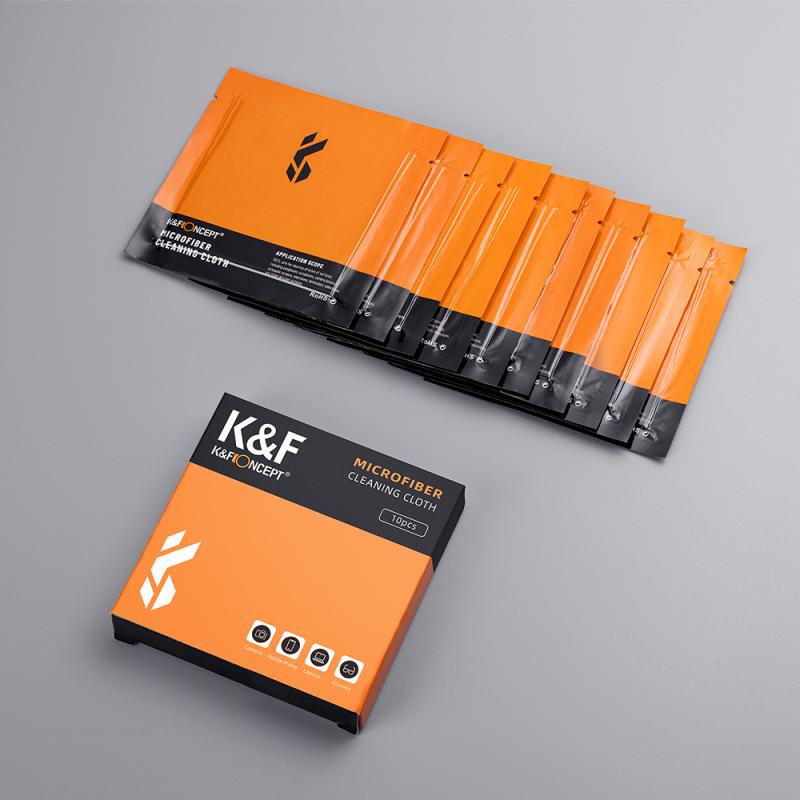
4、 Gentle Wiping Technique: Employing a gentle, circular motion to clean the lens.
Cleaning camera lenses is an essential task for photographers to maintain the quality of their images. The process requires a delicate touch to avoid damaging the lens. One effective method is the Gentle Wiping Technique, which involves employing a gentle, circular motion to clean the lens.
To begin, gather the necessary supplies: a lens cleaning solution, lens cleaning tissue or microfiber cloth, and a blower brush. Start by using the blower brush to remove any loose dust or debris from the lens surface. This step is crucial as wiping a dirty lens can cause scratches.
Next, apply a small amount of lens cleaning solution to the lens cleaning tissue or microfiber cloth. It is important to use a cleaning solution specifically designed for camera lenses, as other cleaning agents may damage the lens coating. Avoid spraying the solution directly onto the lens to prevent any liquid from seeping into the lens barrel.
Using the cloth or tissue, gently wipe the lens in a circular motion, starting from the center and moving towards the edges. Applying too much pressure can cause smearing or damage, so it is crucial to maintain a light touch. If there are stubborn smudges or fingerprints, repeat the process with a fresh section of the cloth or tissue.
It is worth noting that some photographers prefer using a microfiber cloth over lens cleaning tissue, as it is less likely to leave lint or residue on the lens. Additionally, using a lens cap or protective filter when not shooting can help minimize the need for frequent cleaning.
In conclusion, the Gentle Wiping Technique is an effective way to clean camera lenses. By employing a gentle, circular motion and using the appropriate cleaning supplies, photographers can maintain the quality of their lenses and ensure optimal image capture.
